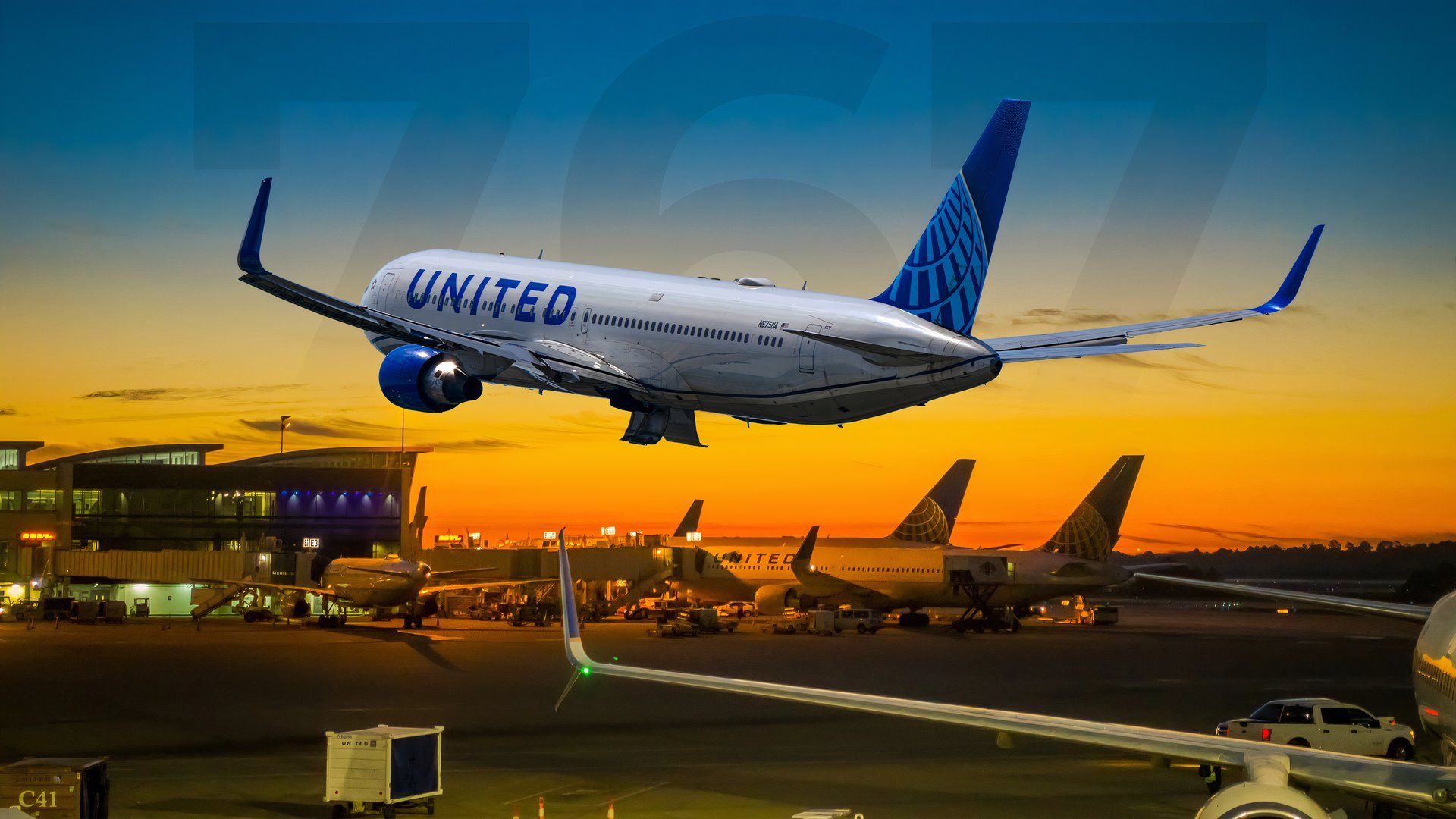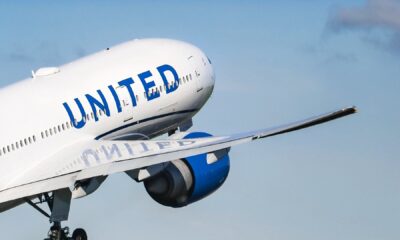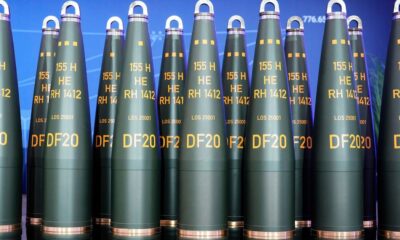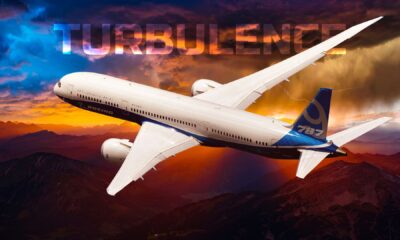World
United Airlines Phases Out Boeing 767s by December 2027

United Airlines has announced plans to retire its entire fleet of Boeing 767-300ER aircraft by December 2027. This decision marks the end of an era for a model that has served as a reliable workhorse for the airline on transatlantic and transpacific routes for over three decades. As United shifts towards a more modern fleet, the factors driving this change include economic pressures, operational demands, and environmental goals.
The Boeing 767-300ER first entered service with United on April 18, 1991. At that time, it represented a significant advancement in fuel-efficient twin-engine design. Over the years, United added a total of 37 aircraft to its fleet, relying on the 767 to connect major hubs like Chicago and San Francisco with destinations in Europe and Asia. At its peak, the 767 accounted for roughly one-fifth of the airline’s widebody capacity.
With the average age of United’s 767-300ERs now standing at 27.6 years, the maintenance demands of the aging fleet have become increasingly burdensome. The youngest aircraft in the fleet is 22.5 years old, while the oldest is nearly 34.4 years old. As maintenance costs rise, operational efficiency must be prioritized. This raises the question of whether continued investment in older aircraft is justified, especially as passenger expectations evolve.
Transition to More Efficient Aircraft
United Airlines is focusing on modernizing its fleet with next-generation aircraft that are more fuel-efficient and environmentally friendly. The Boeing 787 Dreamliner, which has been ordered in significant numbers, is set to replace both the 767 and the Boeing 777. The Dreamliner offers up to 25% better fuel efficiency compared to the 767, thanks to advanced technologies, including composite materials that reduce weight and high-bypass turbofan engines that enhance fuel consumption.
Fuel costs, which account for 25–30% of an airline’s total operating expenses, have made the transition to more efficient aircraft a financial priority. The Pratt & Whitney engines currently used on the 767 were advanced at their introduction, but they now lag behind contemporary options in terms of efficiency. Retiring the 767 allows United to meet its sustainability targets more effectively, as the airline anticipates lower per-seat CO2 emissions and reduced maintenance costs with the newer aircraft.
Enhancing Passenger Experience
Another critical factor in United’s decision to retire the 767 is the evolving expectations of passengers. The older aircraft lack the modern onboard technology and comfort features found in newer models. For instance, the United Polaris business class on the 767 is configured in a 1-1-1 layout, which, while providing direct aisle access, feels narrower due to the aircraft’s design. In contrast, the Dreamliner features a more spacious 1-2-1 configuration that maximizes passenger comfort and privacy.
Economy seating on the 767 is arranged in a 2-3-2 format, while the Boeing 787 adopts a 3-3-3 configuration. Frequent flyers have expressed dissatisfaction with the aging aircraft’s amenities, particularly the lack of modern in-flight entertainment systems and the condition of cabin facilities. By transitioning to the Dreamliner, United aims to ensure a consistent and high-quality experience for its passengers across the fleet.
United’s broader fleet modernization strategy is designed to enhance customer satisfaction and maintain competitiveness against other airlines like Delta Air Lines and Lufthansa, which also offer updated cabin experiences on key transatlantic routes.
The operational benefits of the Dreamliner extend beyond passenger comfort. Each Dreamliner flight provides approximately 10–15% more capacity, enabling greater revenue opportunities from freight and baggage services. The improved fuel efficiency and aerodynamic design of the Dreamliner not only reduce operating costs but also align with United’s commitment to sustainability.
As part of its fleet strategy, United has placed substantial orders for the Dreamliner, including 12 of the Boeing 787-8, 44 of the 787-9, and 20 of the 787-10. These aircraft will gradually replace the aging 767s on routes such as Newark to Frankfurt, San Francisco to Tokyo, and Houston to Sydney.
Operational Efficiency Gains
The transition to a fleet that predominantly features the Boeing 787 also enhances operational efficiency. By standardizing pilot training on a single type rating for all Boeing 787 variants, United can respond more flexibly to changes in route demand. This streamlining reduces the time and resources typically associated with managing multiple aircraft types, thus improving overall operational efficiency.
Additionally, a unified approach to ground operations ensures that United’s staff is well-prepared to handle the Dreamliner, from precise docking to fueling protocols. This consistency minimizes errors and enhances turnaround times, contributing to improved on-time performance—a critical factor for long-haul operations.
The economics of retiring older aircraft become increasingly compelling when considering the total cost of operation. While the initial purchase price of the Boeing 767 may have been amortized, its ongoing fuel burn and maintenance costs make it less competitive in today’s market.
In conclusion, United Airlines’ decision to phase out its Boeing 767 fleet by December 2027 reflects a strategic shift towards more efficient, modern aircraft that align with evolving passenger expectations and sustainability goals. For travelers, this transition promises enhanced comfort and technology on long-haul flights. For the airline, embracing the Boeing 787 Dreamliner model not only supports profitability but also positions United for success in a competitive aviation landscape focused on efficiency and customer satisfaction.
-

 Politics4 weeks ago
Politics4 weeks agoSecwepemc First Nation Seeks Aboriginal Title Over Kamloops Area
-

 World5 months ago
World5 months agoScientists Unearth Ancient Antarctic Ice to Unlock Climate Secrets
-

 Entertainment5 months ago
Entertainment5 months agoTrump and McCormick to Announce $70 Billion Energy Investments
-

 Science5 months ago
Science5 months agoFour Astronauts Return to Earth After International Space Station Mission
-

 Lifestyle5 months ago
Lifestyle5 months agoTransLink Launches Food Truck Program to Boost Revenue in Vancouver
-

 Technology3 months ago
Technology3 months agoApple Notes Enhances Functionality with Markdown Support in macOS 26
-

 Lifestyle3 months ago
Lifestyle3 months agoManitoba’s Burger Champion Shines Again Amid Dining Innovations
-

 Top Stories2 months ago
Top Stories2 months agoUrgent Update: Fatal Crash on Highway 99 Claims Life of Pitt Meadows Man
-

 Politics4 months ago
Politics4 months agoUkrainian Tennis Star Elina Svitolina Faces Death Threats Online
-

 Sports5 months ago
Sports5 months agoSearch Underway for Missing Hunter Amid Hokkaido Bear Emergency
-

 Politics5 months ago
Politics5 months agoCarney Engages First Nations Leaders at Development Law Summit
-

 Technology5 months ago
Technology5 months agoFrosthaven Launches Early Access on July 31, 2025





















